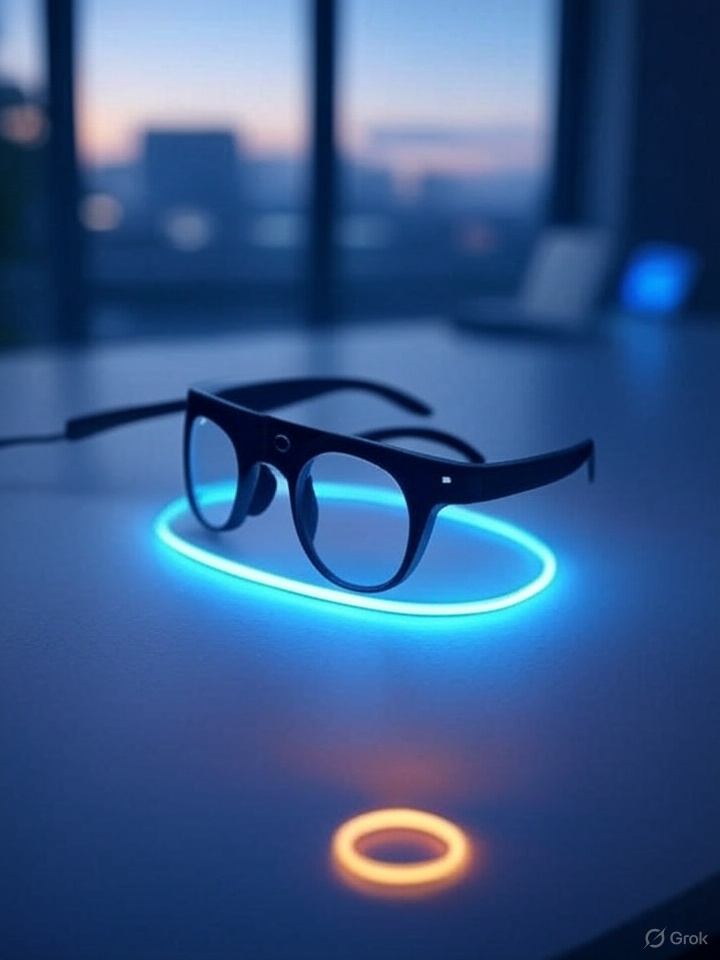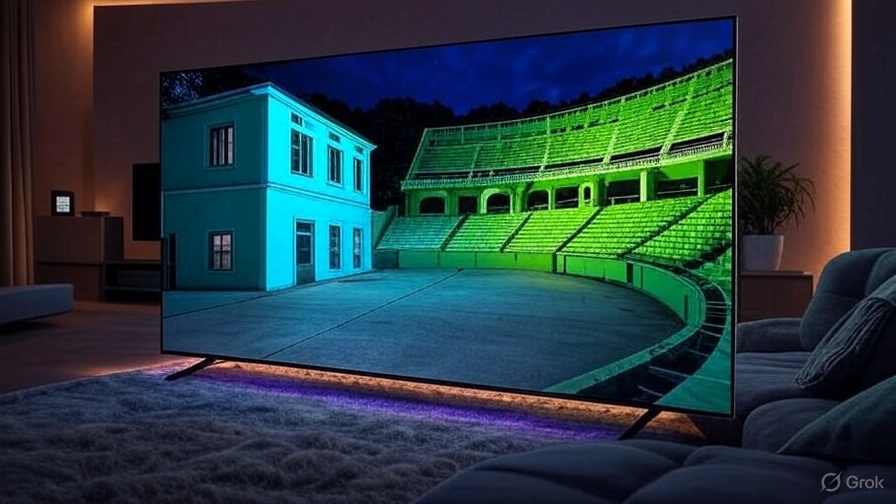
Meta Bets Big on Smart Glasses: Can Ray-Ban Displays Outshine the Metaverse?
At Meta Connect, Mark Zuckerberg unveiled the company’s boldest step yet into wearable tech: AI-powered smart glasses built with Ray-Ban and Oakley. But with glitches on stage and rising skepticism, can Meta convince consumers these devices are more than just pricey accessories?
Meta is doubling down on wearable tech, betting that AI-powered smart glasses will succeed where its billion-dollar Metaverse push has stalled. At its annual developer conference, Meta Connect, Mark Zuckerberg introduced a new lineup of devices in collaboration with Ray-Ban and Oakley. But as the spotlight turned to Meta’s next big play, the presentation highlighted both the promise—and the pitfalls—of this ambitious rollout.
The Star of the Show: Ray-Ban Meta Display
The centerpiece was the Ray-Ban Meta Display, a pair of stylish sunglasses with a full-color, high-resolution display embedded in one lens. Users can make video calls, check messages, and snap photos with its built-in 12-megapixel camera. In theory, it’s a seamless blend of fashion and futuristic function.
The price tag, however, reflects its ambition: at $799, the Display costs significantly more than previous Meta glasses. For comparison, the second-generation Ray-Ban Meta glasses debut at $379, while the sportier Oakley Meta Vanguard glasses come in at $499.
A Neural Twist
Perhaps the most intriguing announcement was the neural wristband, a device designed to pair with the Display. The band lets users send messages and execute tasks using small hand gestures, pushing wearable tech beyond touchscreens and voice commands into more subtle, intuitive control.
Zuckerberg called it a “huge scientific breakthrough,” hinting at a future where interacting with digital tools feels almost telepathic.
A Glitch on Stage
Yet, not everything went smoothly. During the live demo, an attempted WhatsApp call to the glasses repeatedly failed, leaving Zuckerberg chuckling awkwardly on stage: “I don’t know what to tell you guys. I keep on messing this up.”
The hiccup underscored a critical challenge: even the most cutting-edge hardware is only as good as its reliability. For Meta, proving the glasses work consistently will be key to convincing consumers.
Analysts: Glasses Beat the Metaverse
Despite the rocky demo, analysts see more promise here than in Meta’s Metaverse ambitions. VR headsets, critics argue, are bulky and isolating, while glasses have the advantage of being everyday wearables.
“Unlike VR headsets, glasses are an everyday, non-cumbersome form factor,” said Mike Proulx, VP at Forrester. Still, he cautioned that the challenge lies in persuading mainstream consumers that the benefits justify the price.
Leo Gebbie of CCS Insight echoed that sentiment, noting that simplicity and affordability drove adoption of earlier Ray-Ban models. The Display, with its higher price point, may face a tougher road.
The Bigger Picture: AI Everywhere
Meta’s investment in smart glasses is part of a larger strategy: embedding Meta AI across devices. Zuckerberg has made no secret of his ambition to create “superintelligence,” spending hundreds of billions of dollars on AI data centers and aggressively hiring away top talent from rivals.
Some of those data centers are so massive they’ll rival the footprint of Manhattan, underscoring just how much is riding on this AI push.
The Backdrop: Protests and Scrutiny
While Meta was busy pitching its vision of the future in Silicon Valley, protesters gathered in New York. Activists, including parents of children lost to suicide, demanded stronger safeguards for young users on Meta platforms.
The company also faces pressure from lawmakers. Just last week, two former safety researchers testified before the U.S. Senate that Meta deliberately downplayed evidence of potential harms to children from VR products. Meta denied the allegations, calling them “nonsense.”
Will Consumers Buy In?
Meta has reportedly sold about two million pairs of smart glasses since entering the market in 2023. That’s a respectable number, but still a far cry from mass adoption.
The question now is whether the new Display—and the ecosystem of AI-powered wearables that come with it—can transform Meta’s image from a social media giant under fire to a pioneer of everyday augmented intelligence.
For Zuckerberg, the gamble is clear: the future of Meta isn’t just virtual—it’s wearable.


